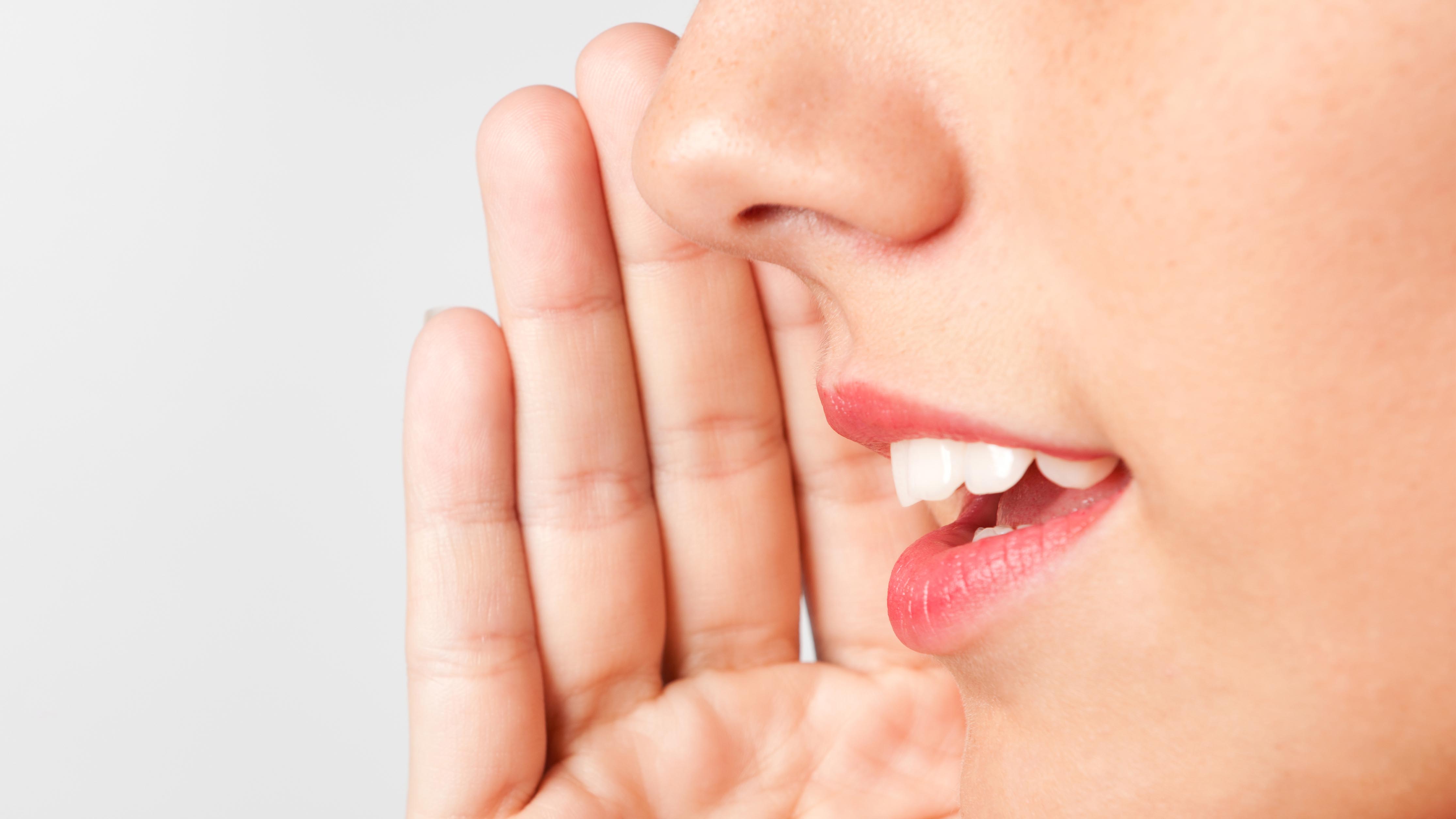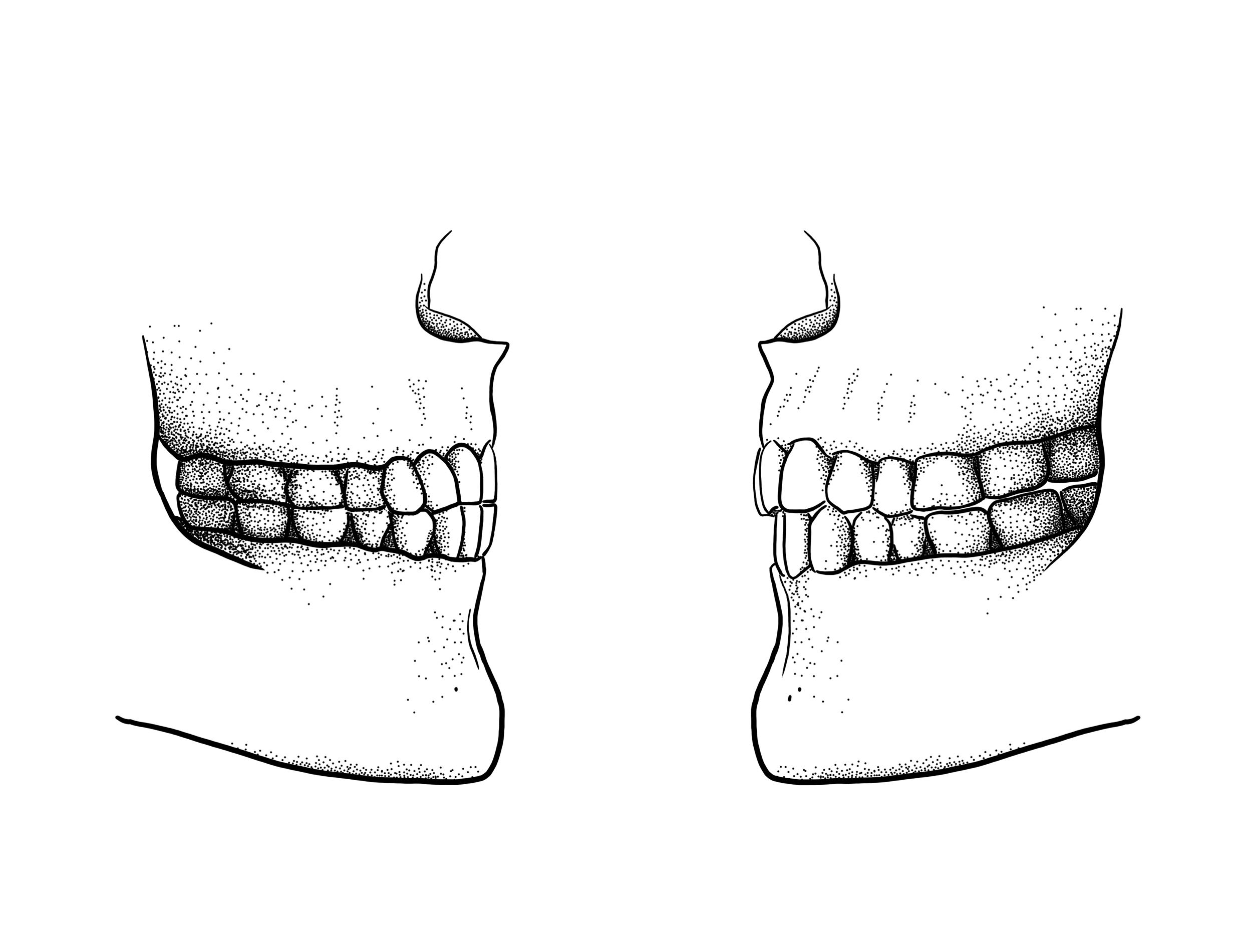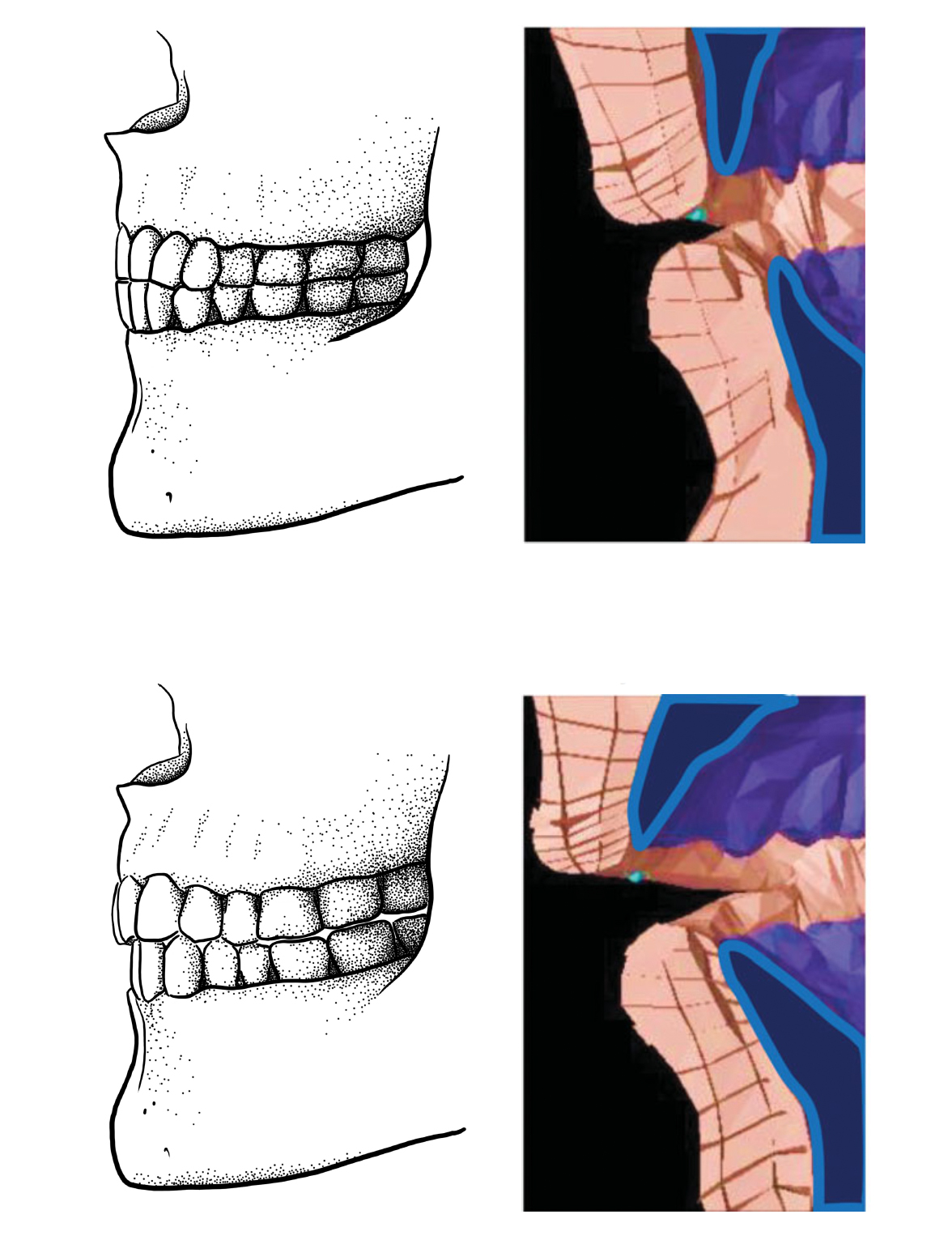Diet-Induced Changes Favor Innovation in Speech Sounds

Human speech is incredibly diverse, ranging from ubiquitous sounds like “m” and “a” to the rare click consonants in some languages of Southern Africa. This range of sounds is generally thought to have been established with the emergence of the Homo sapiens around 300,000 years ago. A study by an international group headed up by scientists at the University of Zurich and involving researchers at two Max Planck Institutes, the University of Lyon and Nanyang Technological University Singapore now sheds new light on the evolution of spoken language. The study shows that sounds such as “f” and “v”, both common in many modern languages, are a relatively recent development that was brought about by diet-induced changes in the human bite.
Dental changes allow new sounds
While the teeth of humans used to meet in an edge-to-edge bite due to their harder and tougher diet at the time, more recent softer foods allowed modern humans to retain the juvenile overbite that had previously disappeared by adulthood, with the upper teeth slightly more in front than the lower teeth. This shift led to the rise of a new class of speech sounds now found in half of the world’s languages: labiodentals, or sounds made by touching the lower lip to the upper teeth, for example when pronouncing the letter “f”.
“In Europe, our data suggests that the use of labiodentals has increased dramatically only in the last couple of millennia, correlated with the rise of food processing technology such as industrial milling,” explains Steven Moran, one of the two co-first authors of the study. “The influence of biological conditions on the development of sounds has so far been underestimated.”
Interdisciplinary approach to verify hypothesis
The project was inspired by an observation made by linguist Charles Hockett back in 1985. Hockett noticed that languages that foster labiodentals are often found in societies with access to softer foods. “But there are dozens of superficial correlations involving language which are spurious, and linguistic behavior, such as pronunciation, doesn’t fossilize,” says co-first author Damián Blasi.
In order to unravel the mechanisms underlying the observed correlations, the scientists combined insights, data and methods from across the sciences, including biological anthropology, phonetics and historical linguistics. “It was a rare case of consilience across disciplines,” says Blasi. What made the project possible was the availability of newly developed, large datasets, detailed biomechanical simulation models, and computationally intensive methods of data analysis, according to the researchers.
Listening in on the past
“Our results shed light on complex causal links between cultural practices, human biology and language,” says Balthasar Bickel, project leader and UZH professor. “They also challenge the common assumption that, when it comes to language, the past sounds just like the present.” Based on the findings of the study and the new methods it developed, linguists can now tackle a host of unsolved questions, such as how languages actually sounded thousands of years ago. Did Caesar say “veni, vidi, vici” – or was it more like “weni, widi, wici’”?
Literature:
D. E. Blasi, S. Moran, S. R. Moisik, P. Widmer, D. Dediu, B. Bickel. Human sound systems are shaped by post Neolithic changes in bite configuration. Science, 14 March 2019. DOI: 10.1126/science.aav3218

